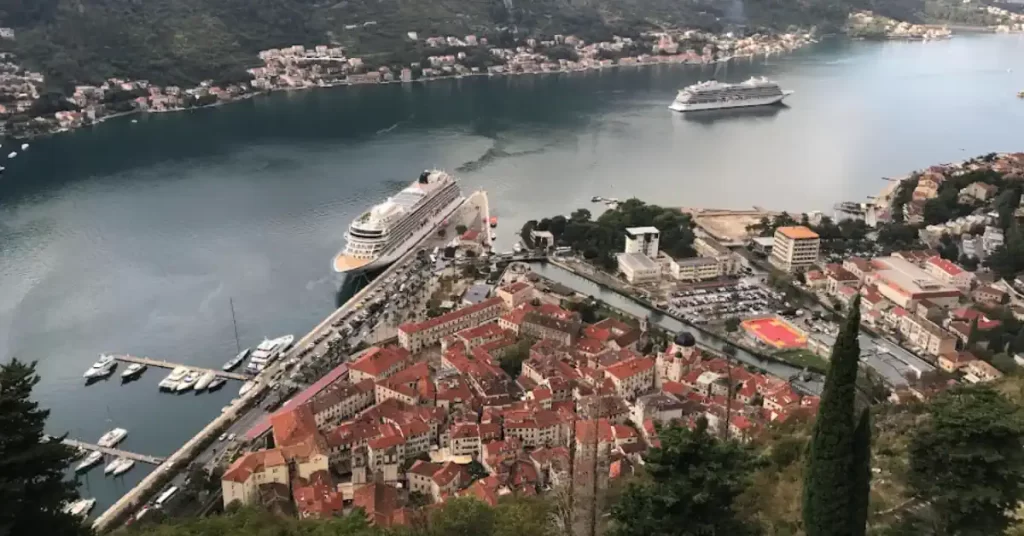Adriacom I Business Services & Immigration
Montenegro Awaits - Let's Make it Yours.
Kotor Old Town Guide
A visit to Kotor’s charming Old Town is always deeply recommended. Known in Montenegrin simply as ‘Stari Grad Kotor’, it is where most of the tourist attractions are located, such as the 12th-century Kotor Cathedral, the Kampana Tower, and of course the Kotor City Walls.
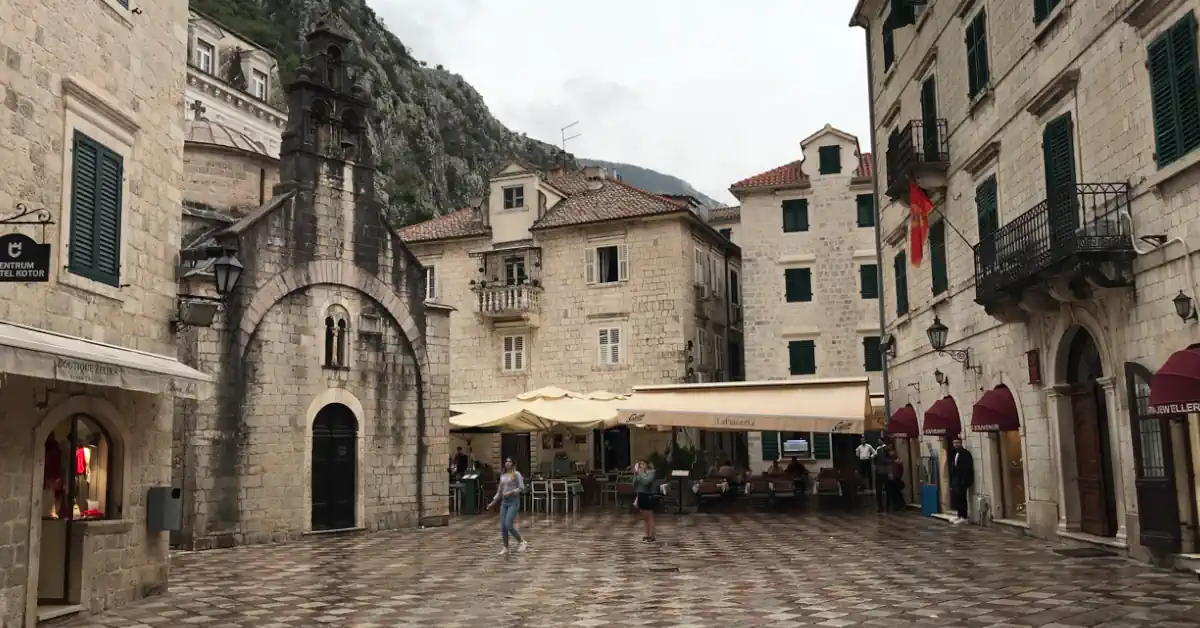
If you have some time on your hands, it’s a real delight meandering the ancient maze of medieval streets and discovering what is behind each corner. One thing is for sure, Romanesque and Byzantine churches, picturesque piazzas, and century-old courtyards are abundant in Kotor.
Feline enthusiasts will enjoy bumping into one of the innumerable cats that call the historical center home. Set your pace to a leisurely Mediterranean saunter and stop for a traditional puffy ‘Krempita‘ pastry in one of the many old town cafes, or an Adriatic feast somewhere special.

Bay of Kotor
The Bay of Kotor is a winding fjord dotted with picturesque Mediterranean stone cottages. It is one of Montenegro’s cradles of culture.
Kotor Old Town History
Illyrians, Romans, and Venetians have all left their mark on Kotor’s history. After the fall of Western Rome, Europe became a much more dangerous part of the world, and plunder and pillaging were very common. Facing periodic overruns by the Barbarians of the East, the strength of Kotor’s defensive walls was frequently put to the test.
The Serbian Prince, Stefan Nemanjic, conquered Kotor in the 12th century, and it is this period that has left us with some of the city’s most iconic edifices with Romanesque, Byzantine, and Gothic influences like the Kotor Cathedral and the Church of Saint Luke.

The Fortifications of Kotor, which are the city’s major landmarks, have been largely reinforced during the period of Venetian Rule (1420 – 1797) on remnants of earlier Byzantine and Illyrian structures. The Winged Lion of Venice that you can see on the city walls to both sides of the Sea Gate, is a stark reminder of their time in the Bay of Kotor.
Stately homes (locally also known as palazzi) dating back to the 17th and 18th centuries are a meaningful feature of the historic part of town. Sensitively restored, some of them have become luxury boutique hotels, their marble and wrought iron balconies giving away their ancient history.
Things to do in the Old Town
Rich in history, culture, and gastronomy, there is more than enough to do and see in Kotor. A city tour is a good way of getting yourself familiar with the main sights, and you will benefit from detailed insights from an experienced guide who will answer any of your questions.
Alternatively, navigate through the narrow maze of cobblestone streets on your own and discover new and exciting restaurants, intimate shops, and quaint courtyards. Soak up the atmosphere at the Square of Arms and admire the refined and intricate architecture of the clock tower from 1602 and the “pillar of shame” in front of it.
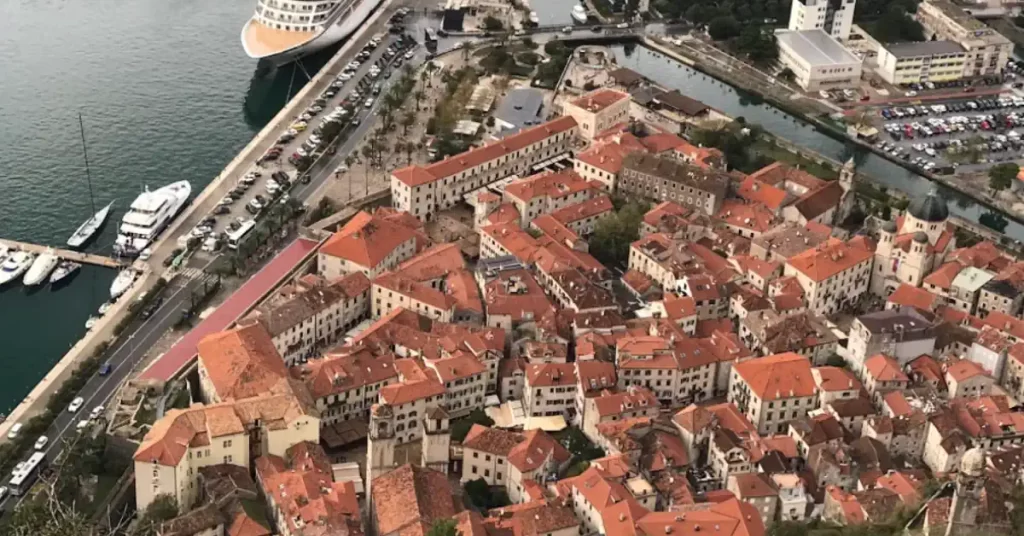
Things to do in Kotor
Here is a list of the 30 best things to do in Kotor, from visiting the biannual celebrations to family-friendly and great outdoor activities.
Kotor’s historic center is well-preserved and the massive Venetian-era Kotor City Walls have been listed as one of Montenegro’s UNESCO World Heritage Sites since 1979. A network of bastions, gates, and ascending ramparts (illuminated at night) cast a defensive circle around the medieval town.
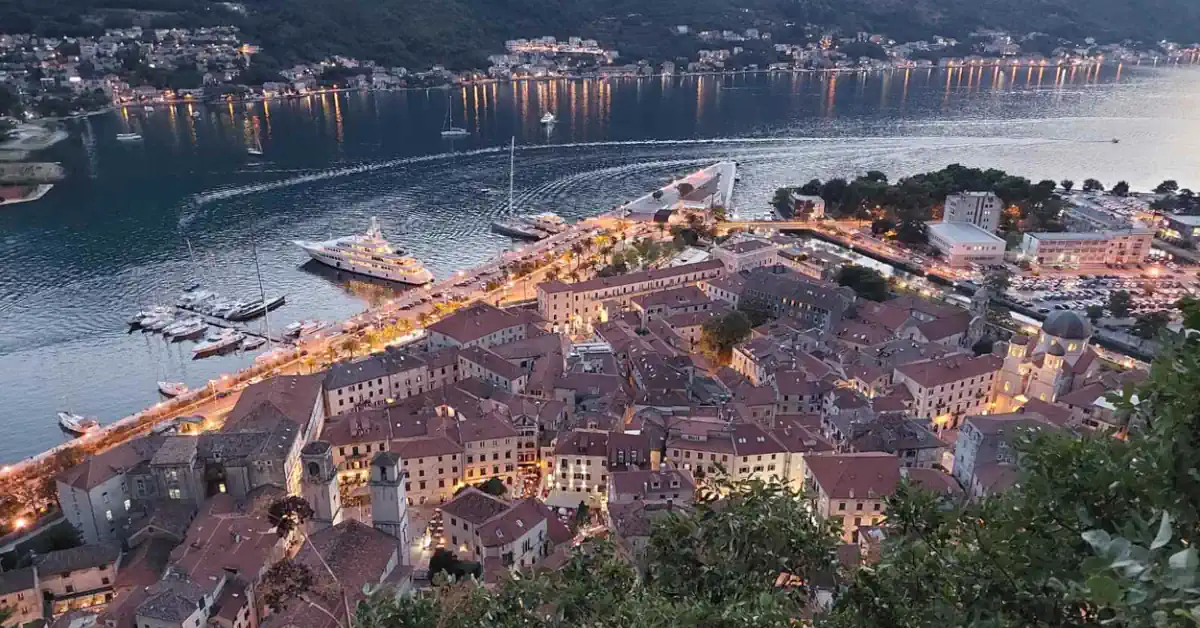
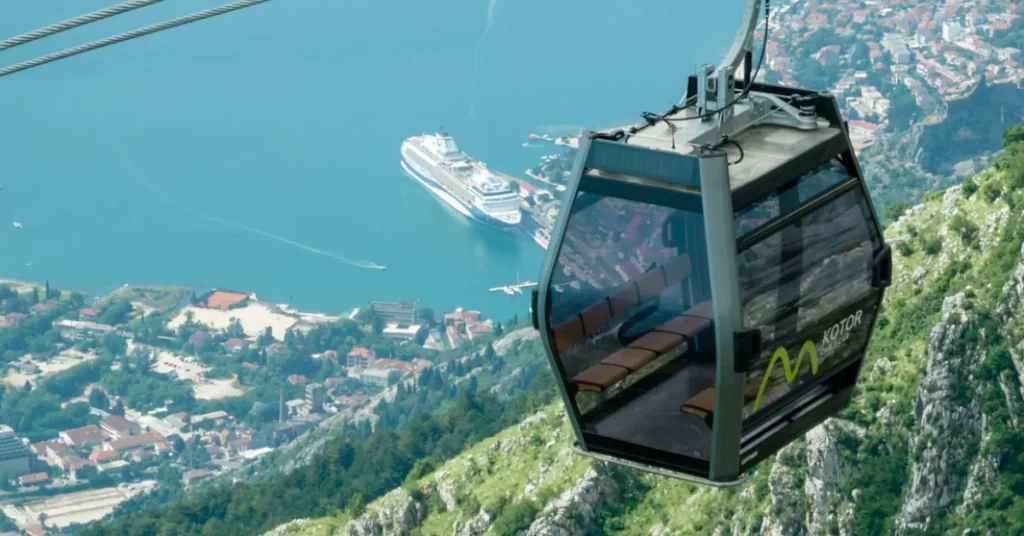
Kotor Cable Car
The newly-opened Kotor Cable Car lets you see the stunning old town from a bird’s eye view – a great adventure for the whole family.
Kotor Old Town is located on a triangular piece of land confined by the River Scurda to its north and the mountain of St. John (San Giovanni) towards the East. The southwestern side is the longest and opens up to the Bay of Kotor. You can enter the walled city through three gates:
- Northern Gate
- Gurdic Gate
- Sea Gate
The Northern Gate is also called the River Gate because access is granted from the small bridge over the Scurda River. From here, you can look up onto the medieval ramparts and even see the Kotor Fortress, the Bembo Bastion, and the Kampana Tower.
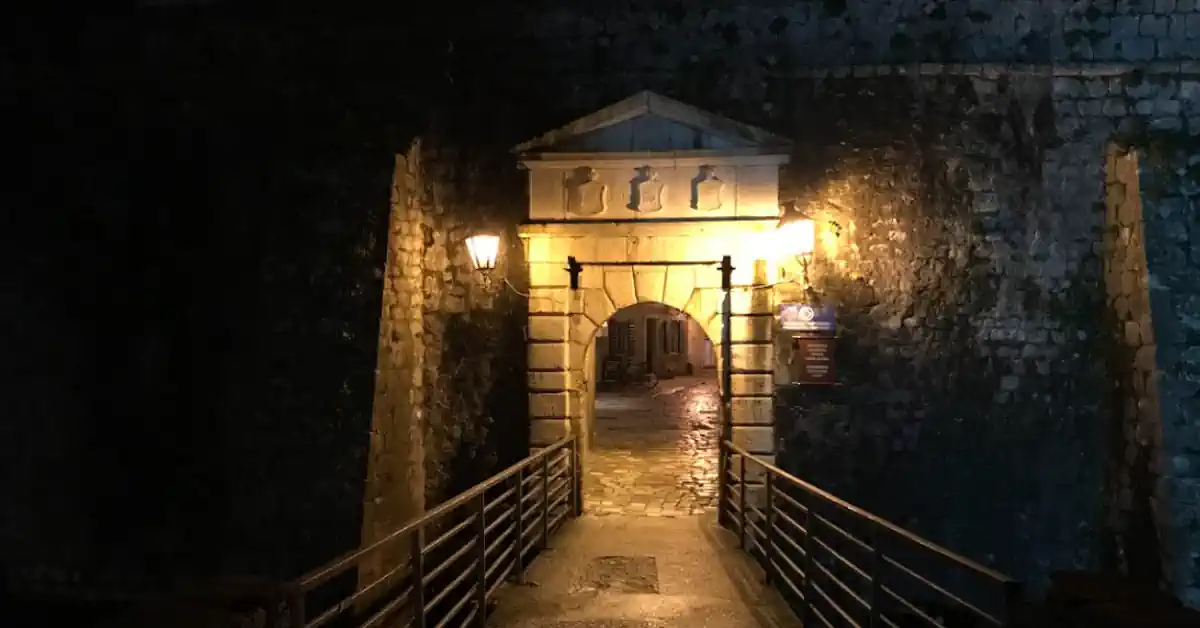
The Renaissance-influenced gate dates back to the 15th century and is a little less impressive than the main Sea Gate. Once inside, you will find the beautiful Saint Mary’s Collegiate Church to your right-hand side and the trailhead to Kotor Fortress to your left.
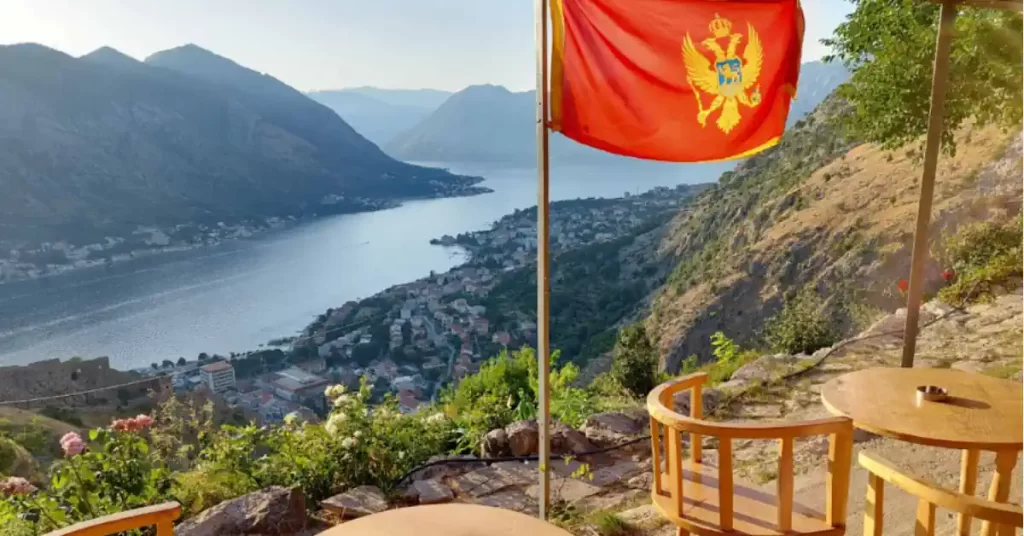
Kotor Fortress
Climbing up the 1,350 steps up to Kotor Fortress is a must-do for every reasonably fit person during a trip to Kotor.
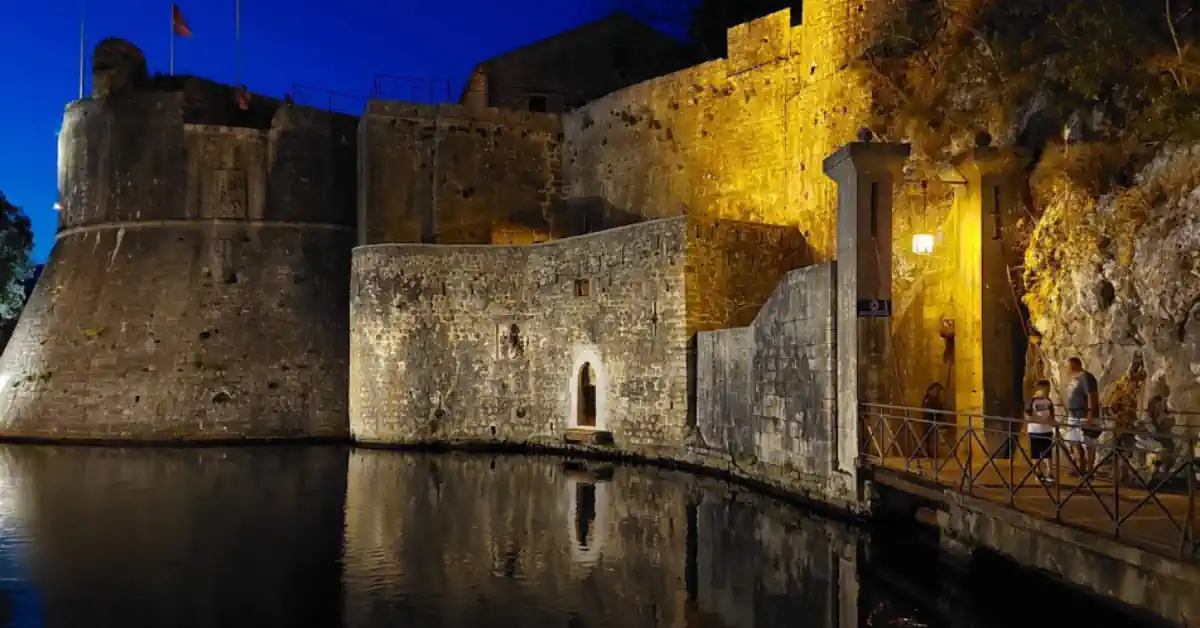
The Gurdic Gate also known as the ‘Southern Gate‘ dates back to the 10th century and is the only one featuring a wooden drawbridge. The surrounding area is very photogenic. You can even climb up there for a beautiful view of the Gurdic Bastion and the neighboring city walls.
Almost all visits to Kotor start at the eye-catching Sea Gate, built in 1555. While passing through it, imagine that this was once only accessible by sea, the plateau where you are walking was added centuries later. Notice the relief of Madonna with Child and Saint Tryphon, the city’s patron saint, set in a niche in the vaulted passage.

Sea Gate Kotor
As you pass through the Sea Gate you’ll immediately be struck by your first view of the Arms Square, Kotor’s most prominent old town piazza.
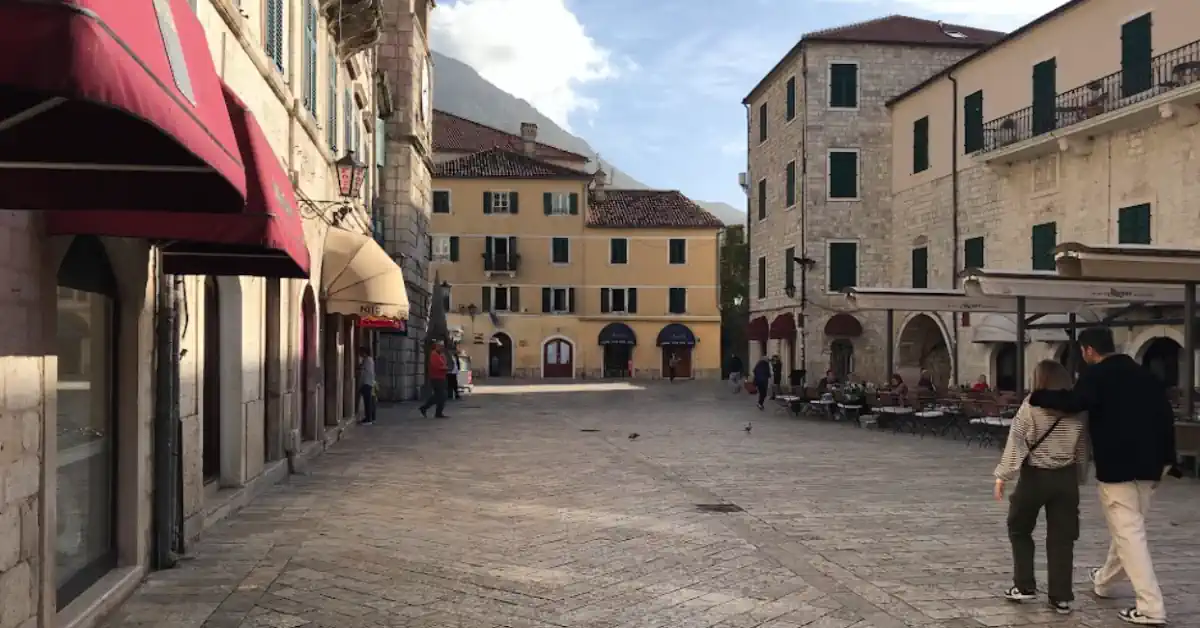
The Arms Square houses a couple of interesting landmarks such as the 17th-century clock tower, Napoleon’s Theatre, and Rector’s Palace (both part of the Hotel Cattaro today). In the Middle Ages, soldiers would gather here and resupply and repair their weapons – thus the name. The tower features two clocks that are still in function and chime once every hour.
Which museums and galleries you’ll consider worthwhile will depend on your personal preferences. For people interested in Kotor’s naval history, head to the Maritime Museum; to view ancient columns, pillars, pedestals, and plinths, and pop into the Church of St. Michael’s Lapidarium. At the quirky and excentric Cat Museum Kotor, you’ll find a diverse collection of cat artifacts, mostly in print.

Cat Museum Kotor
The Cat Museum Kotor is an unorthodox cat depository of old paintings, newspaper articles, coins, and assorted vintage figurines.
The St. Tryphon’s Cathedral is one of the oldest landmarks in Kotor. It was erected in 1166 to honor Kotor’s patron saint – Tryphon. You should take some time to admire the beautiful 14th-century frescoes and the stone ornament above the main altar, depicting the life of Saint Tryphon.

Kotor Cathedral
It is worth paying the small entrance charge for Kotor Cathedral which also gives you access to the church museum above.
The churches of Saint Luke (XII century), Saint Nicholas, and Saint Mary (XIII century) are worth a visit if you are into iconography, centuries-old frescoes, and relics of long-gone times. All churches stand in close vicinity to each other and can be visited in one go.
Places to Stay
Kotor’s Old Town is well-known for its intimate boutique hotels housed in historic townhouses with antique stone walls and exposed ceiling beams, the best of them offering stunning rooftop views. Staying so close to the city’s rich history is the most enriching experience.
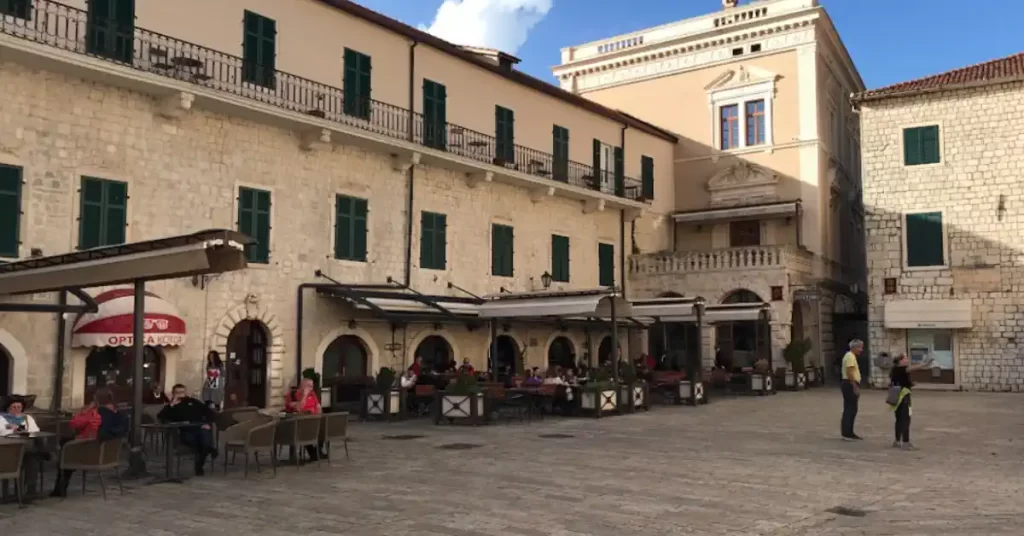
Kotor Old Town Hotels
Kotor’s Old Town Hotels are perfectly located for soaking up the intimate atmosphere of the picturesque historical town center.
Getting Around Old Town

The best and indeed only way to get around Kotor’s Old Town is on foot. Engulfed by its centuries-old city walls, the old town is completely pedestrianized. The only motorized vehicles you may see here are early-morning street sweepers.
Eat & Drink
From Turkish Cuisine to authentic Montenegrin restaurants serving hearty lunches and light Adriatic fare, there is something for every palette and budget within the walled city. It’s the perfect place to immerse yourself in the food and drink culture of Montenegro and beyond.
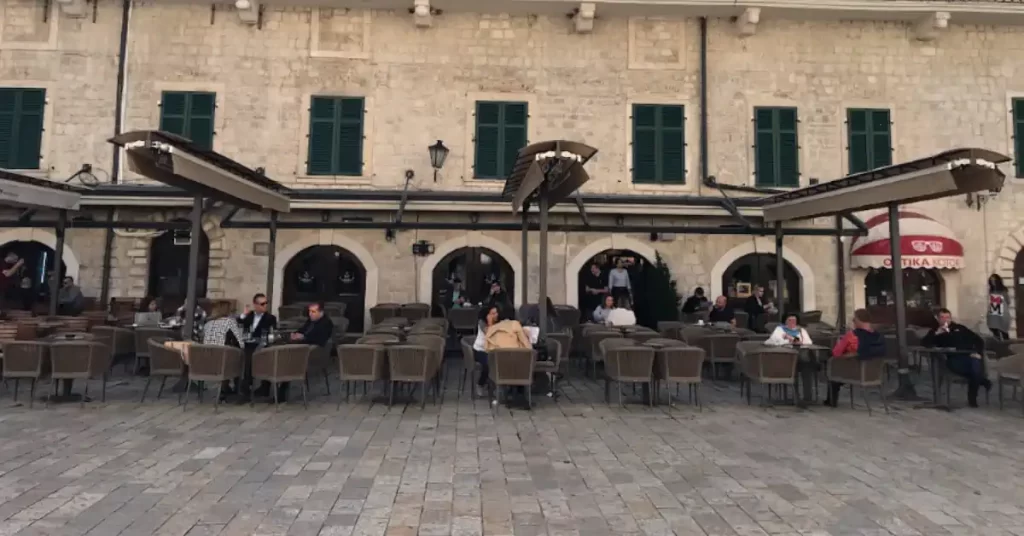
Kotor Old Town Restaurants
Visit Kotor for the utmost culinary experience. Kotor’s Old Town Restaurants are some of the best gourmet parlors in Montenegro.
The Fešta Spirit
The streets of Kotor’s Old Town come alive during its numerous festivals and celebrations. The Venetian-style Carnival (Summer and Winter) and the Boka Night (August) are outstanding events in Kotor that offer a captivating experience of the Boka region’s vibrant culture.
During the carnival celebrations, the streets are colorful and everyone wears beautiful masks and costumes, creating a contagiously cheerful and silly atmosphere. Winter is of course the time for the amazing Kotor Christmas Market and the Winter Fest with numerous concerts over two months.
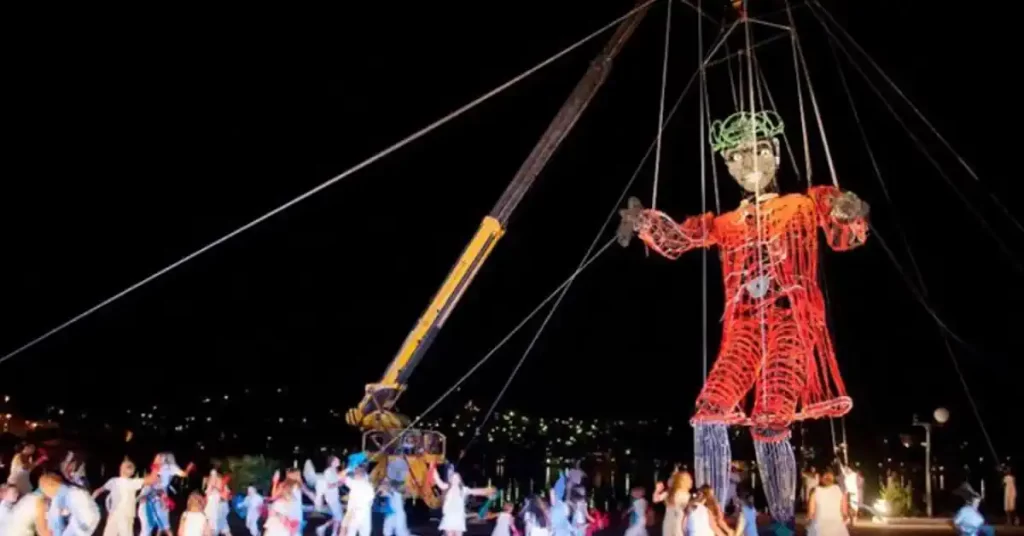
Events in Kotor
Come and celebrate Kotor’s festivals together with the friendly locals. There are events in Kotor year-round and winter is magical, too.

When will the Christmas lights be turned on in Kotor?
Find out when the picturesque Kotor Christmas Market starts and what you can expect from this joyful event.
How long to spend in Kotor Old Town?
It is pleasant to spend some time strolling around Kotor’s narrow cobblestone streets and admiring its beautiful historic buildings. Some people can do this for longer than others. Be aware however that the old town of Kotor is small; it counts no more than 1,000 inhabitants.
If you just want to rush through all the main sites, you can certainly do it within a few hours. Adding a few activities to your itinerary like climbing up the city walls, taking a boat trip to Our Lady of the Rocks Island, and checking out the local Bar scene, will require spending at least three or four days.
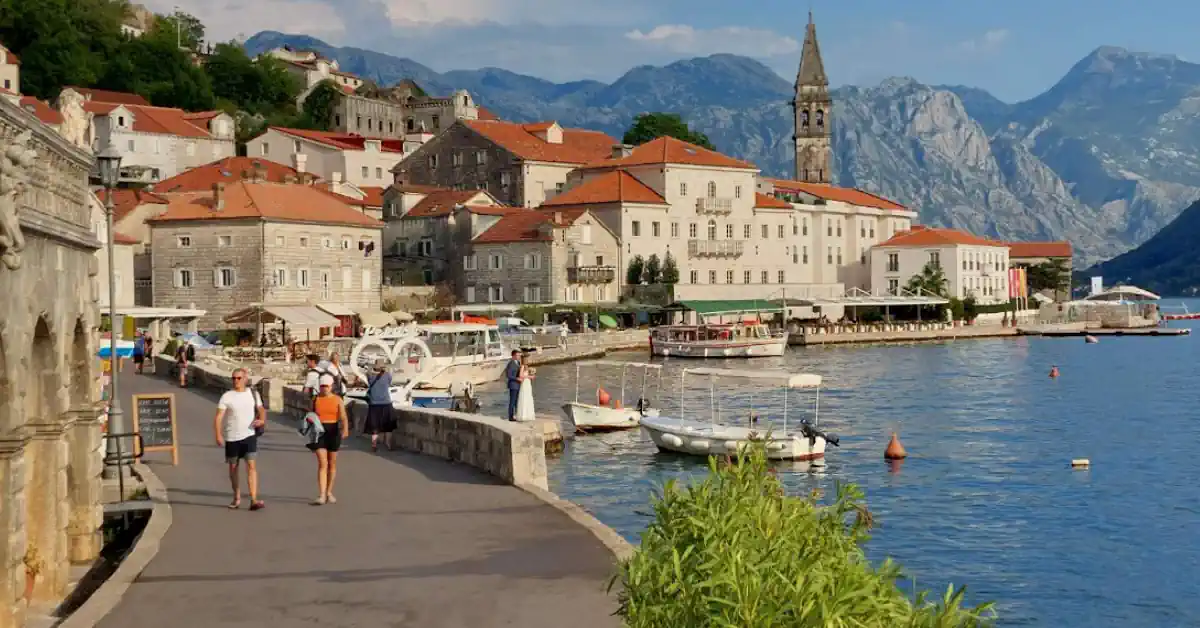
Kotor’s old town is incredibly lively during the tourist season from June to September and becomes much quieter in the other months of the year. If you are visiting in winter, a day trip might be enough though – some shops are closing for the colder months.
Parking close to Kotor Old Town
Bear in mind that finding available parking close to Kotor Old Town can be challenging at times, especially during the peak season in July and August. Due to its mountainous landscape, parking space is in short supply in Kotor. There are five main parking lots managed by the city council.
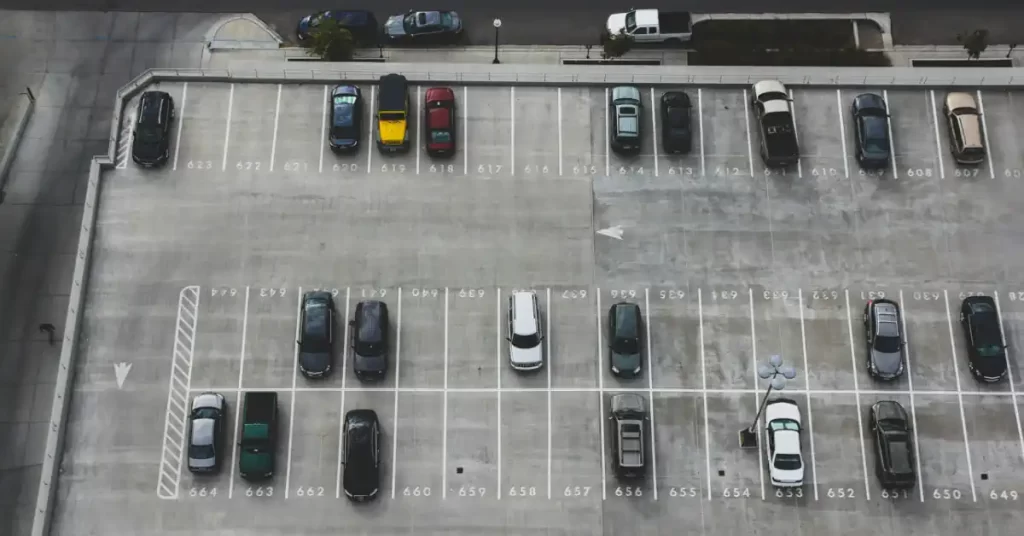
Kotor Parking Guide
Read our Kotor Parking Guide to find out where to park close to the old town for how much. There are also free options.
Living in the Old Town
Kotor’s medieval Old Town is a desirable place to live, with numerous old townhouses now converted into luxury apartments. Rooftops with terraces and sea views are available as well but at a premium. Gregarious and culture-rich, there’s always something going on in the historical center.
While some resorts in Montenegro shut down after the summer season, the majority of restaurants and shops stay open even during winter. The Dobrota coastal promenade provides a picturesque route for cyclists and walkers, and the crystal-clear Adriatic Sea is always at your command.
Kotor’s great quality of life and exclusive lifestyle opportunities have been internationally recognized; in 2023 it was voted Winner of the World’s Top 5 Jetset Retirement Destinations in Forbes Magazine.
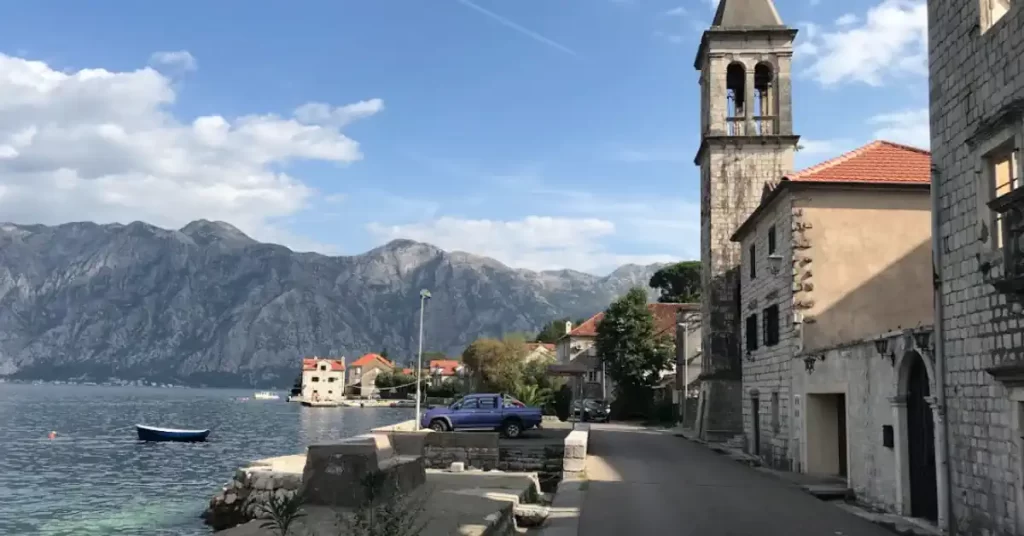
Residency in Montenegro
Interested in your Montenegro residency options? Read our comprehensive guide to find out about all official residency programs.
